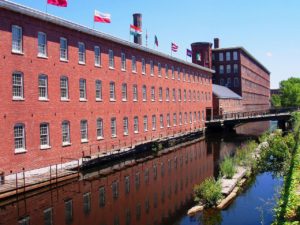
Many of these manufacturing enterprises departed Massachusetts during the early 20 century leading to a decline in the industrial economy. Growth in the textile, shoemaking, and precision mechanics industries in the South and the Midwest lead to the collapse of these three main Massachusetts industries. This de-industrialization would continue into the mid-20th century. As a consequence, the Massachusetts economy was transformed from one based on heavy industry into one based on service industries. The presence of high quality educational institutions led to growth in the high-technology sector.
Geography:
Massachusetts is the 7th-smallest state in the United States with an area of 10,555 square miles 25.7% of which is water. Several large bays distinctly shape its coast and are the source of the most common of the State’s nicknames, The Bay State.
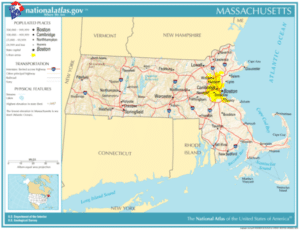
Boston is the largest city, at the inmost point of Massachusetts Bay, and the mouth of the Charles River.
Despite its small size, Massachusetts features numerous topographically distinctive regions. The large coastal plain of the Atlantic Ocean in the eastern section of the state contains Greater Boston, along with most of the state’s population, as well as the distinctive Cape Cod peninsula. To the west lies the hilly, rural region of Central Massachusetts, and beyond that, the Connecticut River Valley. Along the western border of Massachusetts lies the highest elevated part of the state, the Berkshires.
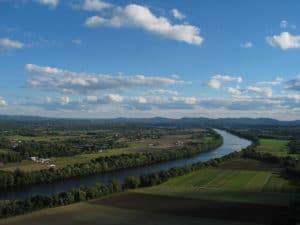
Economy:
The United States Bureau of Economic Analysis estimates that the Massachusetts gross state product in 2016 was US$505 billion. The per capita personal income in 2012 was $53,221, making it the third-highest state in the nation. In 2015, twelve Fortune 500 companies were located in Massachusetts.
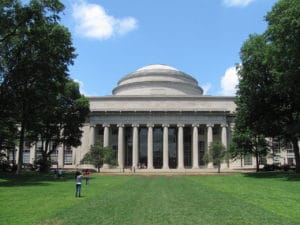
Industries critical to the Massachusetts economy include: higher education, biotechnology, information technology, finance, health care, tourism, and defense. Massachusetts is the sixth-most popular tourist destination for foreign travelers.

Agriculture remains an important industry in Massachusetts with approximately 7,755 farms in the state covering an estimated 523,517 acres. Green house products make up the majority of agricultural output but cranberries, sweet corn and apples are also large sectors of production. Massachusetts is the second-largest cranberry-producing state in the union.
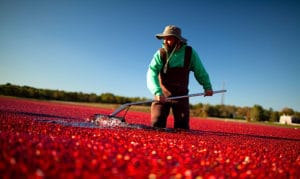
Transportation:
The MBTA Commuter Rail services run throughout the larger Greater Boston area.
In additional to regional bus services, rail services include Amtrak which operates inter-city rail, including the high-speed Acela service to cities such as Providence, New Haven, New York City, and Washington, DC from Boston’s South Station in addition to services reaching as far west as Illinois. From North Station the Amtrak Downeaster serves several cities in Maine. Amtrak carries more passengers between Boston and New York than all airlines combined.
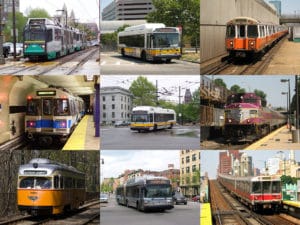
The Woods Hole, Martha’s Vineyard and Nantucket Steamship Authority regulates freight and passenger ferry service to the islands of Massachusetts including Martha’s Vineyard and Nantucket.
